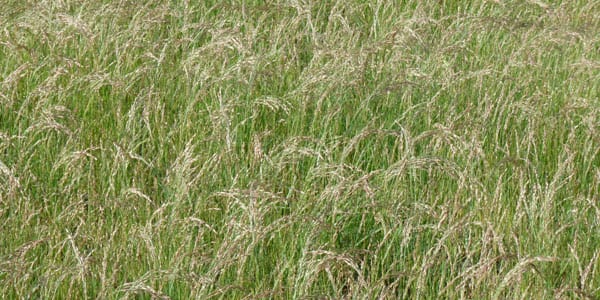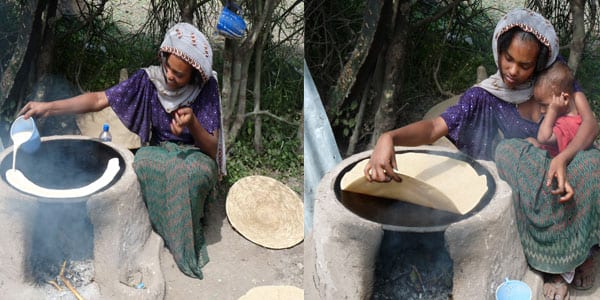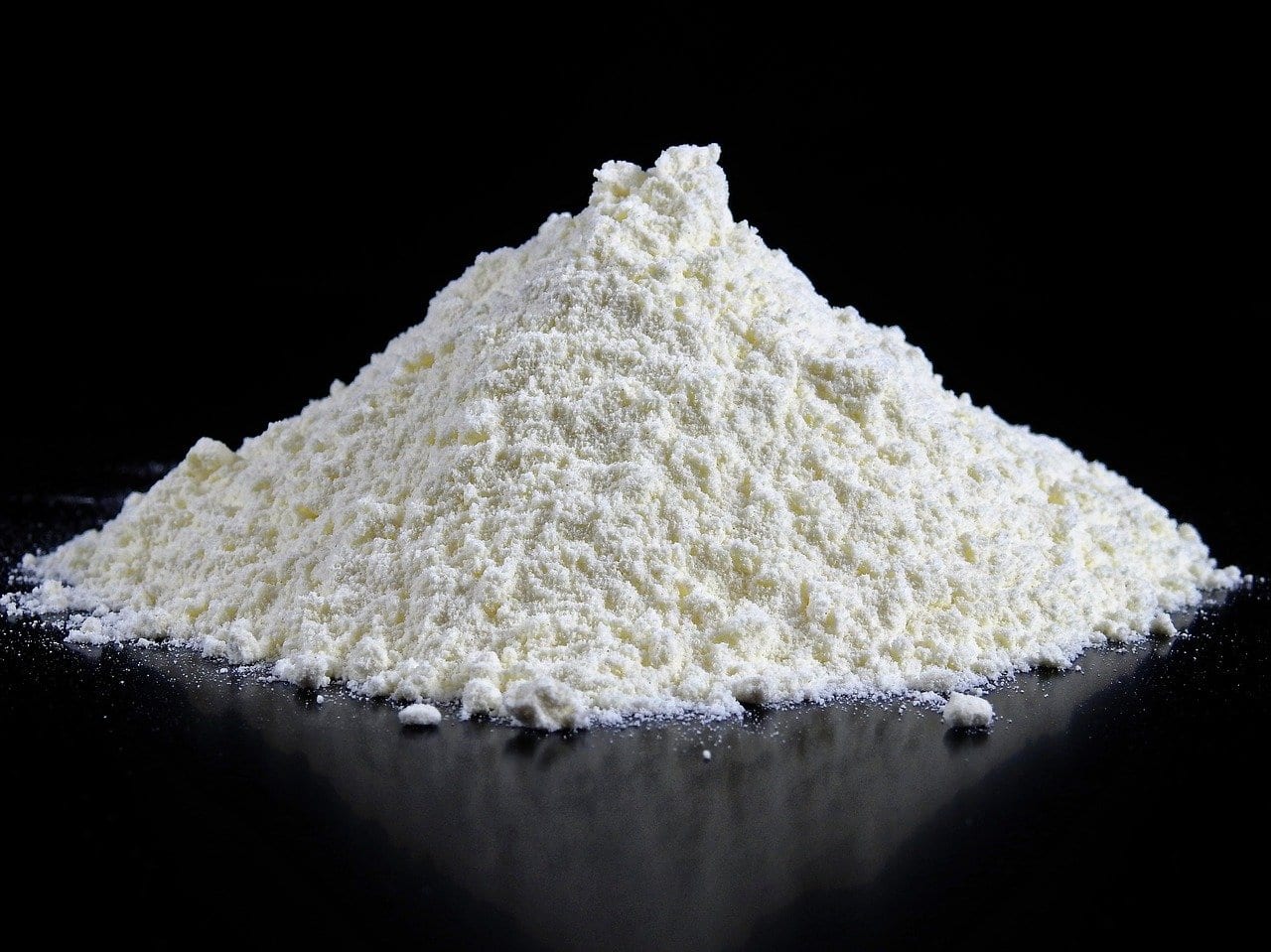Writes: Monica Uriel, Journalist
Teff or tef is a grass with very interesting nutritional characteristics that has been cultivated for thousands of years practically only in Ethiopia, where it is used for its traditional bread, it is injected. Tiny in size (one millimeter in diameter), it is the smallest grain in the world and its name (the scientist is eragrostis tef) derives from the Amharic word “teffa”, which means “lost”, in reference to its small size.
Three thousand grains weigh only one gram. It can be white, reddish or almost black, and its ideal cultivation requires at least 1.800 meters of height. It is fast growing, needs little care, adapts easily to most soils and climates, and is well resistant to pests and diseases.

The nutritional values of teff
This food, known as Ethiopian wheat and that Ethiopians eat daily - for the poorest it is their only food - was what saved them from famines. The whole cereal is eaten due to its miniscule size, which increases its nutritional contribution, by taking the starch together with the germ and the bran.
It is rich in fiber, iron (more than quinoa), magnesium, potassium, calcium and protein (12%), and it is very energetic, as it contains 360 calories per 100 grams. Ideal for athletes because it is a good source of slow assimilation carbohydrates, in the West it is coveted by celiacs, as it is gluten-free. Due to its high iron content, it is an interesting product for people with anemia and its soluble fiber makes it optimal for weight loss diets.

The injection is the base of the food in Ethiopia
To make the injection, the cereal is crushed, mixed with some water so that a paste is formed, and after three days it ferments. This will be the teff base to make this traditional bread as a “crêpe” on a cylindrical plate that is heated underneath with eucalyptus tree wood.
When the pasta is put on the griddle, it is covered with a vegetable fiber lid that, like an oven, will facilitate cooking for about two minutes. These thin pancakes keep for three to four days. A cheaper option is to mix the teff with sorghum or rice. The fine straw of this cereal is mixed with mud and is used for the construction of adobe houses.

Injera, with a sour taste, can be taken alone or used as a plate to put on top of chicken with sauce (doro wat), lentil puree (misr wat) or chickpeas (shiro wat), and it is also used as a cutlery to eat , because with pieces of this bread the rest of the food is taken.






